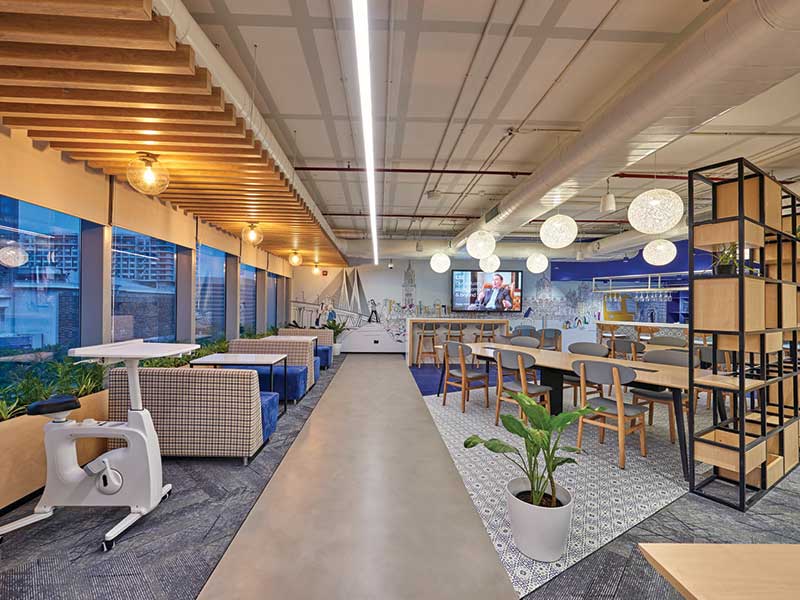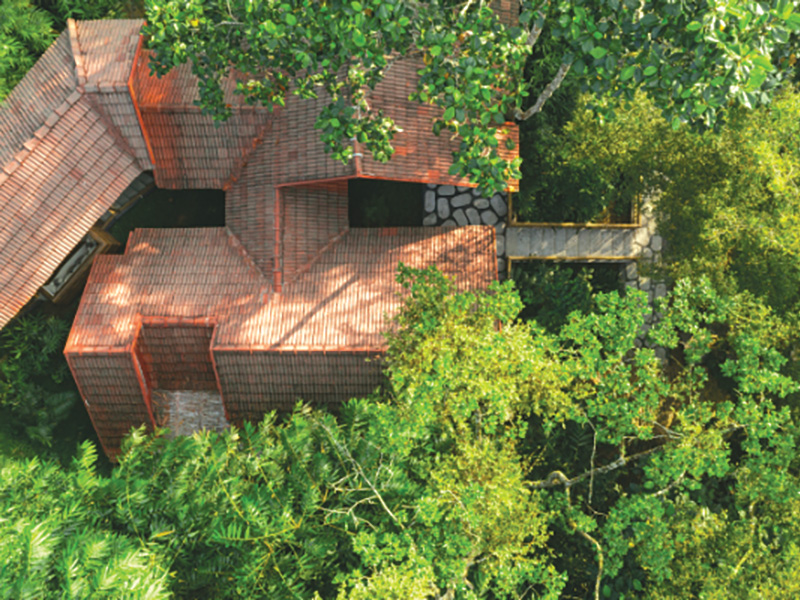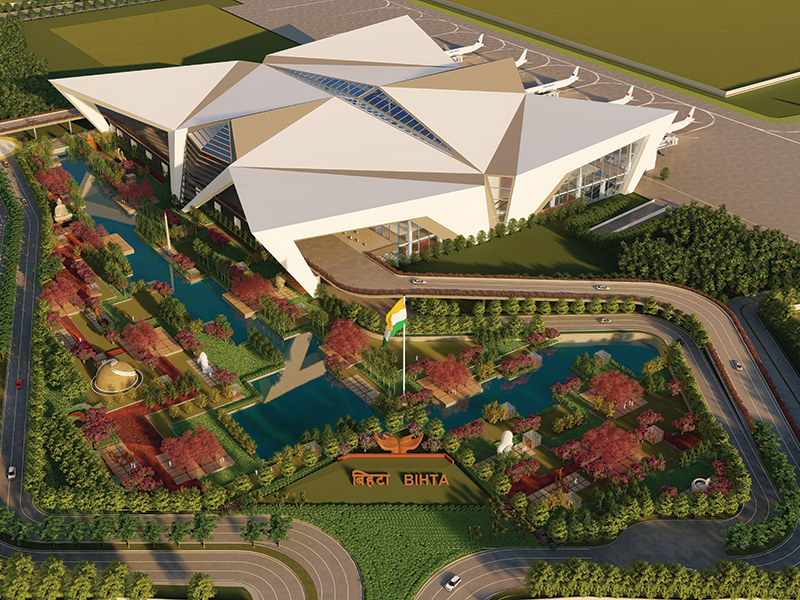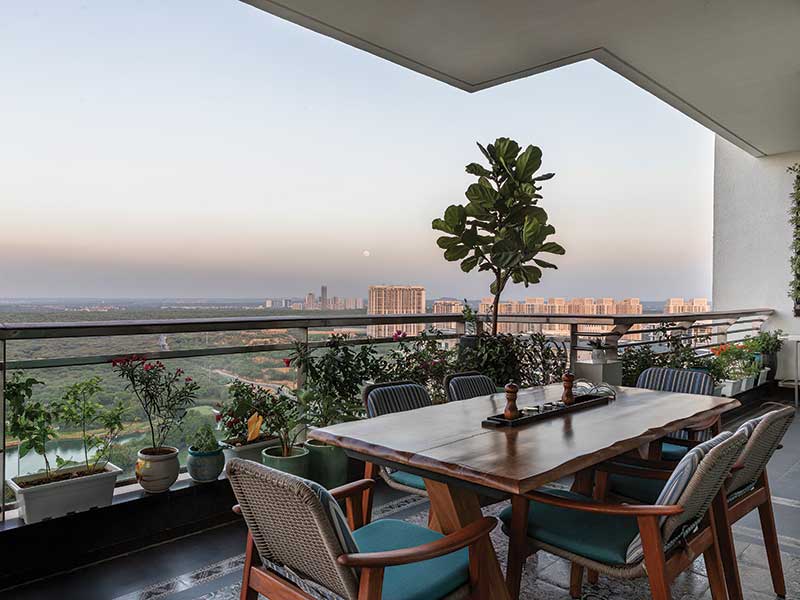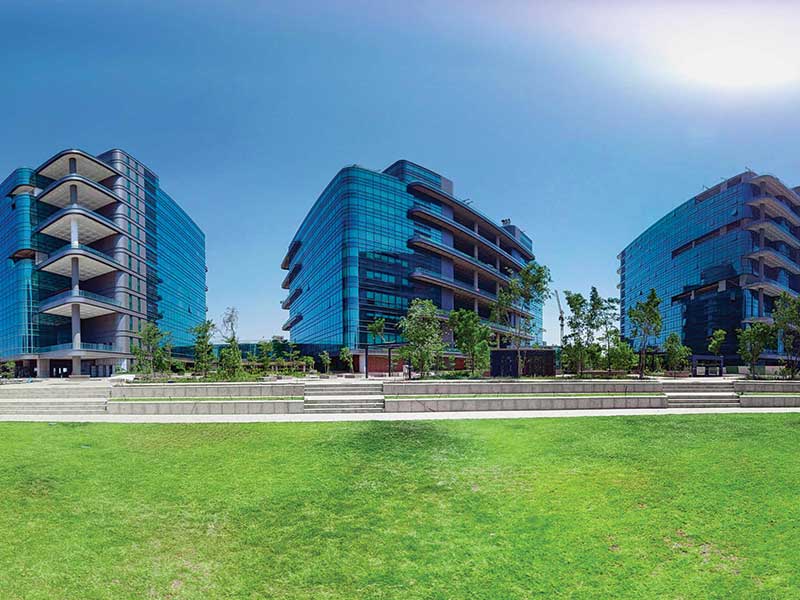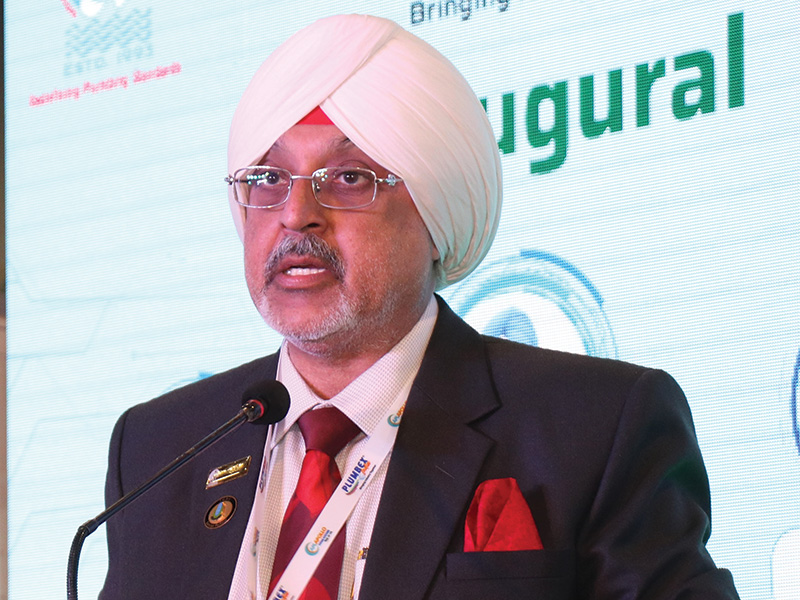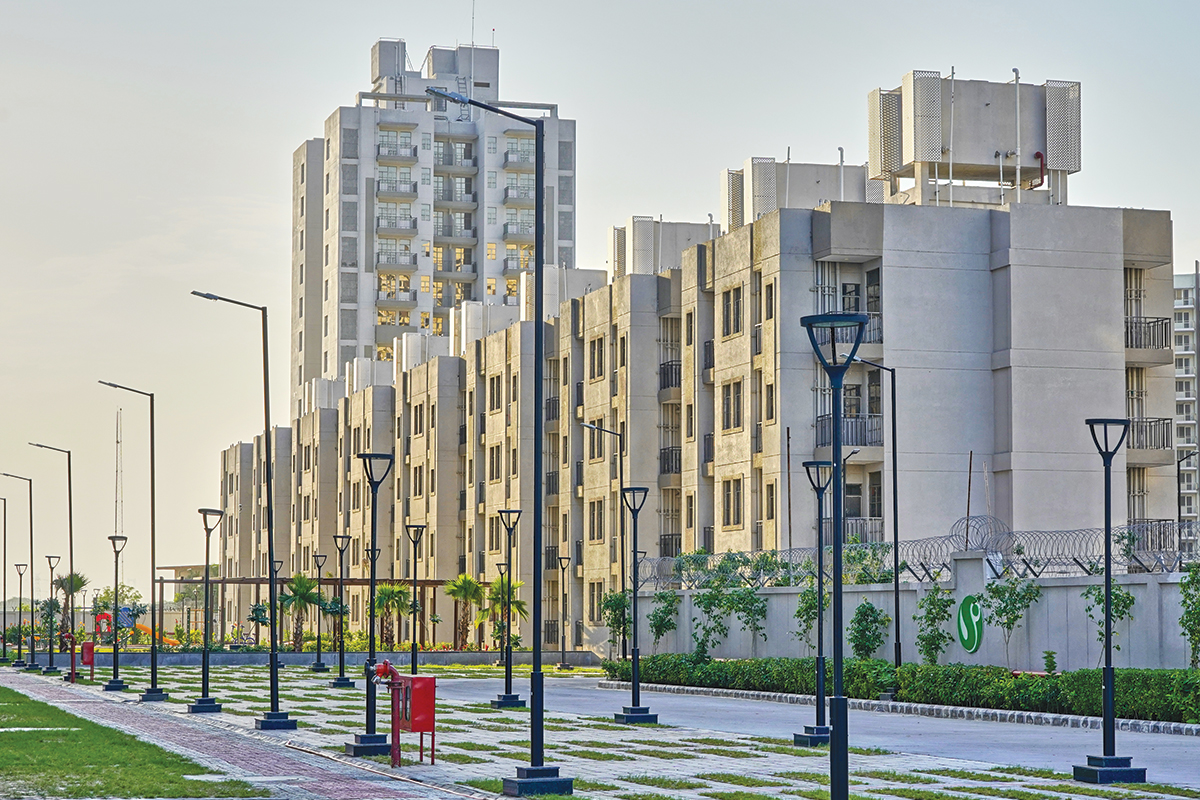
One of the biggest questions that are raised in the construction industry is how rapid urbanization is shaping the face of Real Estate development in India. In order for us to not lose out on an opportunity to create a better future for the coming generations, the issue is of prime concern today.
High rise designs are a synergy between efficient construction technology, effective space planning, safe and conducive environment, and encouraging a sustainable lifestyle. The rhythm between these aspects is extremely important for setting up benchmarks
Ar. Mitu Mathur
Time is money, especially in the case of high-rise construction, as the value of land is locked till the time the project is handed over. Hence, to promote speed in construction, a series of new technologies are being implemented depending on the nature of the project. For residential towers, where a number of repetitions are considerable, the structure is designed with shear walls, and techniques such as pre-cast technology, use of aluminum shuttering, jump-formwork are gaining popularity. Not only do they reduce shuttering time and labor dependency, but also ensure better finishing and extra work of plastering of external walls. Since these buildings function as monolithic structures, they are structurally safe and earthquake resistant. Also, gaining momentum is the pre-engineered building technology, especially in the commercial segment, enabling larger spans and more flexibility. These technologies are changing the face of construction industry.
Safety is a prime concern, for which efficient fire detection and escape strategy has to be ingrained in the design development stage itself. Strategies such as integration of accessible fire towers, ensuring minimum travel distance to fire towers, effectual compartmentalization, proper space for ventilation / pressurization, and design of refugee terraces / floors are extremely critical. Increasingly, developers are addressing the importance of efficient fire-resistant materials. Some unfortunate events of fire breakouts in high-rise structures in the past have taught the community to not miss out on any precaution. This has given a good push to new technologies and introduction of innovative fire-resistant materials, such as the 4-hour fire-rated smoke-resistant glass, spandrel panels, chemical coatings, etc.
Vertical living can only be synonymous to successful living if both social and environmental sustainability factors are considered while designing the towers, right at the conceptual stage. These new structures should maximize on daylight intake and minimize on energy consumption. Though one might argue that high rise structures consume more energy, due to elevators, water pumping, etc, but on the contrary, if looked at a larger perspective, it has the power to promote a much compact lifestyle, enabling more space available for green areas critical for a healthy lifestyle. Studies from around the world show that denser cities actually produce a lower demand for energy, indicating that India's urbanization has the potential to help, rather than hinder the efforts to cut carbon emissions. Additionally, with high performance glass and double-glazed windows for facades and laminated glass for railings etc, the relationship of indoor and outdoor has becomes seamless.
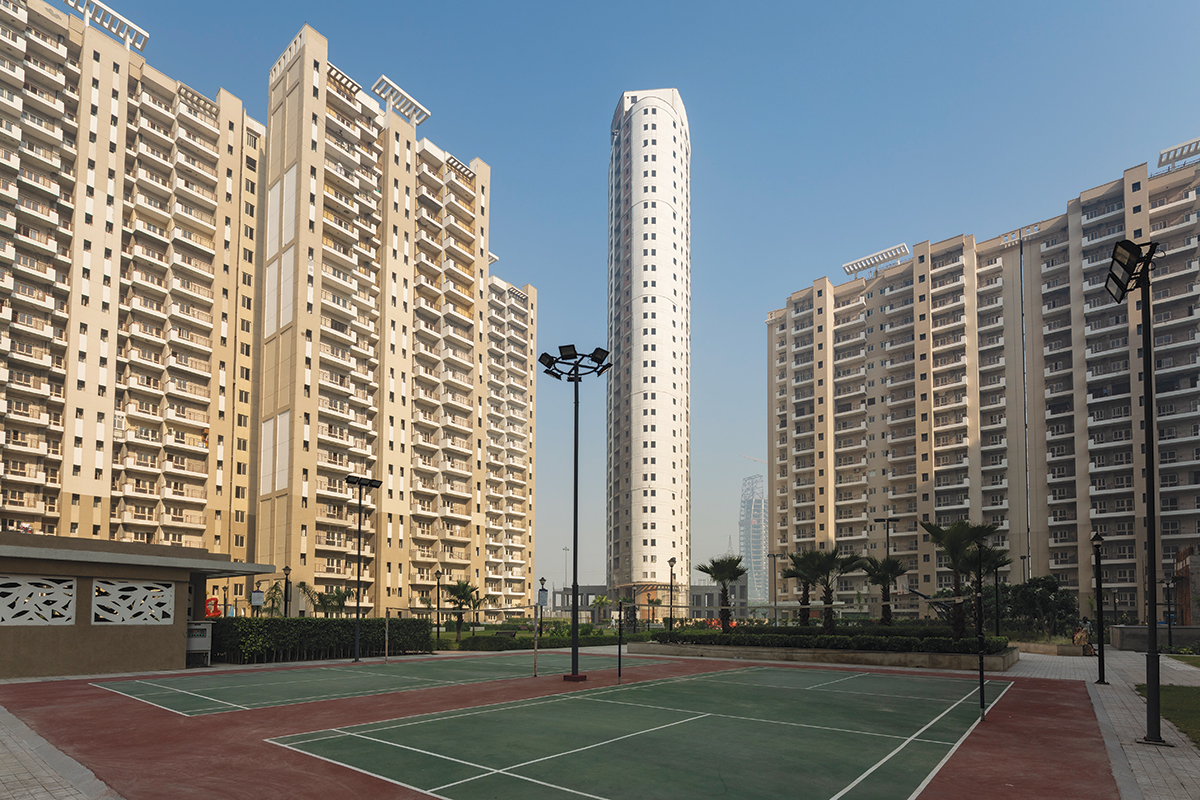
'Architecture defines the social fabric of a place'; the same applies in the case of high-rise structures, where spaces for social interaction and recreation will form the mainstay of the inhabitants. These can be achieved by accessorizing and highlighting refugee floors as green spaces, utilizing terrace spaces, and carving niche spaces for recreational purposes only for the inhabitants of the tower. Vertical gardens are also a great way to enhance visual appeal and control the micro-climate of the built-form.
Provided there is balance of key elements of green development with adequate infrastructure and resources to cater to the populace, the vertical growth model will be able to reduce the per-capita carbon footprint and bring about a revolution in India's building industry.




